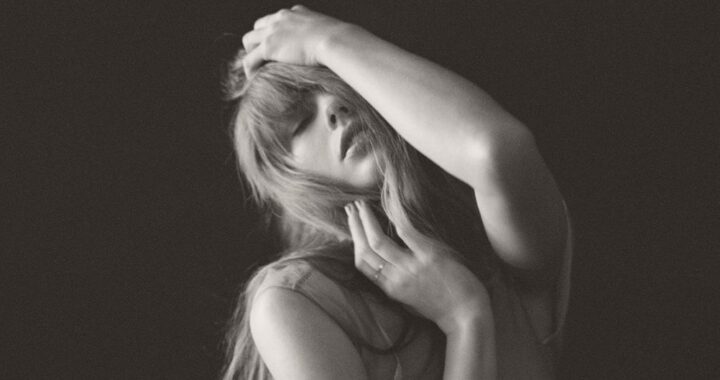Album Review: Sara Lowes – The Joy of Waiting
3 min read
Sara Lowes has been devoting a lot of her time playing for others. She recently spent a year and a half playing keyboard for Marina and the Diamonds’ Lonely Hearts Club tour, which is the latest in a long list of gigs as a session musician or band member. While it’s only been three years since her second album Back To Creation, one has to wonder whether the lack of focus on her own music may cause her newest album, The Joy of Waiting, to reflect the music of her peers rather than her own unique style.
 In reality, The Joy of Waiting is about as different from her recent live work as you could imagine. The music sits in some middle ground between pop and rock, though all at a consistent mid-tempo pace, veering slightly in either direction but never by much. The major factor is the number of long instrumental solos throughout the album, taking it into a more psychedelic place. The album takes these influences and runs with it, which helps with the consistency but also leads to a few issues.
In reality, The Joy of Waiting is about as different from her recent live work as you could imagine. The music sits in some middle ground between pop and rock, though all at a consistent mid-tempo pace, veering slightly in either direction but never by much. The major factor is the number of long instrumental solos throughout the album, taking it into a more psychedelic place. The album takes these influences and runs with it, which helps with the consistency but also leads to a few issues.
When listened to in one long session, the album beings to adopt a droning effect. While some albums tend to get lost in one style of production or writing for a couple of tracks, The Joy of Waiting carries this issue for the entire album. It’s almost a struggle to focus while listening to it, and even those moments that break out of the monotonous tempo of the album manage to complicate matters. This is most noticeable on the upbeat song Little Fishy that features a lot of the same instrumental sections and repetitive lyrics, but swaps between mellow and upbeat throughout the track in a disconcerting way that makes the already discordant upbeat sections even more confusing.
The album features a few blissful moments of respite with piano ballads such as Bright Day and For the Seasons, which do carry some similarity to one another but are much fewer in number compared to the psychedelic tracks. What acts as a much needed break is The Clock Plays Its Game, which sounds a little brighter than the previous two mentions. It uses piano, strings and vocals to create a soothing effect that helps to offset the mess that preceded it, before building up at the four minute mark, reaching a crescendo and filling out with more sounds and backing vocals before it ends. It’s still got the long instrumental sections, but it’s a much nicer package.
Unfortunately, these moments don’t save the album. The direction was obviously there, but any charm to be found quickly wore thin, and it ended up being a bore rather than something better. The album has no in-between for the two styles of songs featured on it, which creates a divisive experience that could have been fixed by writing between the lines. The Joy of Waiting was a valiant attempt at creating something a little different, but it fell short of the mark long before the album stopped playing.



